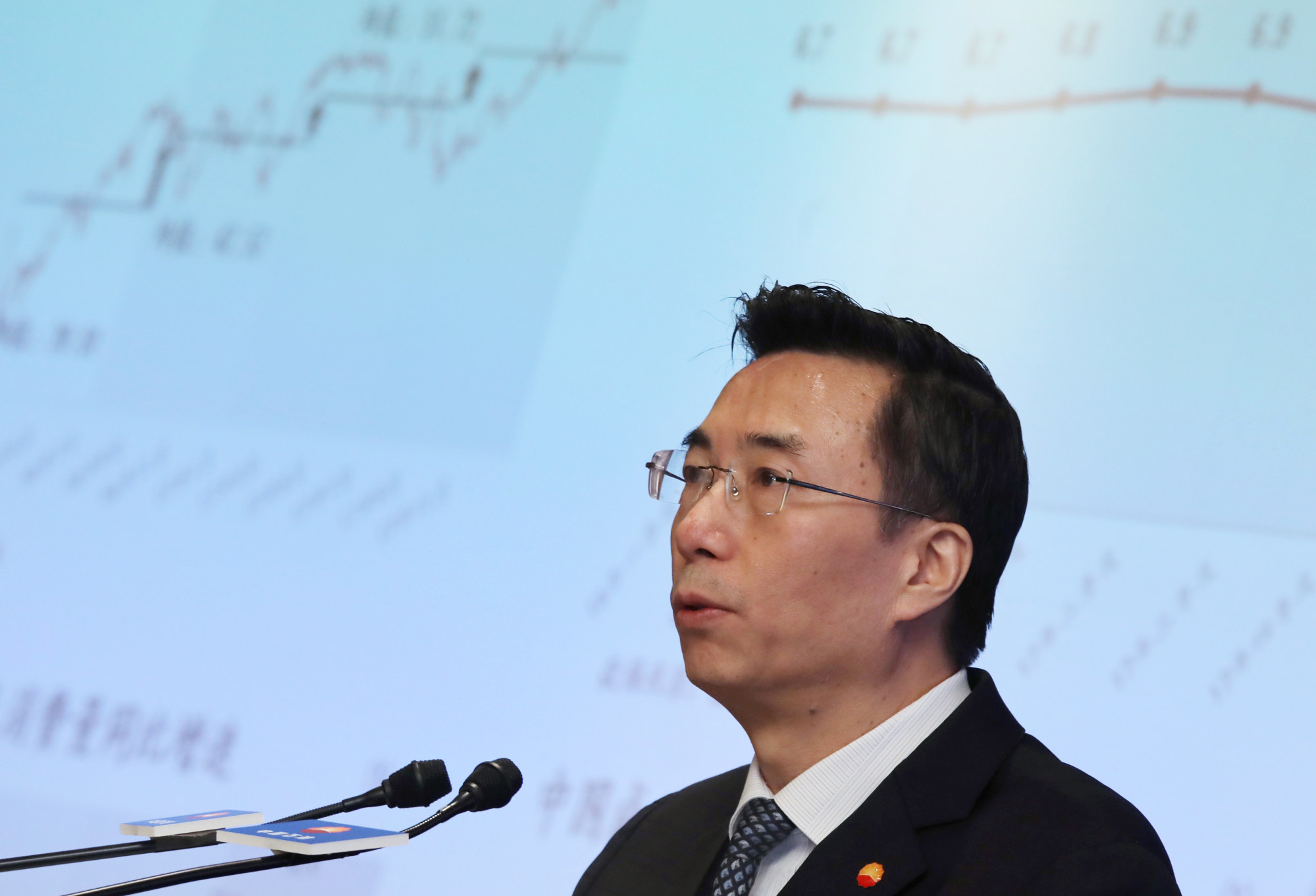
Chinese oil giant CNOOC’s first-half profit slips 11 per cent as higher output fails to offset declining crude prices
- Net profit fell 11.3 per cent to 63.7 billion yuan (US$8.7 billion) in the first six months of the year, widening from a 6.4 per cent decline in the first quarter
- CNOOC plans to promote technological innovation and green development to improve quality while reducing costs and increasing efficiency
Net profit fell 11.3 per cent to 63.7 billion yuan (US$8.7 billion) in the first six months of the year from a year earlier, the company said in a filing to the Hong Kong stock exchange on Thursday evening, widening from a 6.4 per cent decline in the first three months of the year.
Oil and gas sales fell 14.1 per cent to 151.7 billion yuan from a year earlier, despite production of oil and gas rising 8.9 per cent to 331.8 million barrels of oil equivalent during the period.
“In the first half of 2023, macroeconomy stayed complex and volatile, while international oil prices saw fluctuations in a downward trend,” chairman Wang Dongjin said in the earnings statement.

The average price of Brent crude oil fell 24 per cent year on year in the first half as global economic recovery remained sluggish, the state-controlled oil explorer said.
CNOOC said it actively responded to external challenges, and would continue to promote “technological innovation and green development, insist on improving quality while reducing costs and increasing efficiency”.
It is also accelerating the development of its green and low-carbon energy system.
“CNOOC will continue to pay close attention to the [low carbon transition] trends within the industry as well as policy developments on a national and international level,” said CEO and president Zhou Xinhuai at a briefing about their interim results on Friday afternoon.
“We will continue to build on the competitiveness of our main oil and gas business, while combining this with our focus on offshore wind power and projects relating to [carbon capture, utilisation and storage].”
“Oil prices are something that we are not able to adequately control, nor are we able to predict. What we have been doing is to increase our production capacity in a steadfast manner and reduce costs while increasing efficiency. We will continue to improve the development of our technology, and continue to maintain our cost competitiveness against peers in the industry,” said Zhou.
In May, CNOOC’s deep-sea floating wind power demonstration project, located near the Wenchang oilfield in the western part of the South China Sea, was successfully connected to the grid.
CNOOC commissions China’s first offshore CCS project
The project’s main production facility “Haiyou Guanlan”, which the firm claimed to be China’s first deep-sea floating wind power platform that supplies power to offshore oilfields, has an installed capacity of 7.25 megawatts, capable of producing 22 million kilowatt hours of electricity annually to reduce around 22,000 tonnes of carbon dioxide emissions per year.
The company was also expanding the use of green electricity in its offshore oil and gas fields, with an estimated consumption of 500 million kWh of power within the year, equivalent to reducing 440,000 tonnes of carbon dioxide.
“The gradual advancements of key projects such as flare gas recovery and utilisation will help the company effectively manage and control the intensity of carbon emissions in the future,” CNOOC said.
CNOOC declared an interim dividend of HK$0.59 per share versus HK$0.70 last year.

